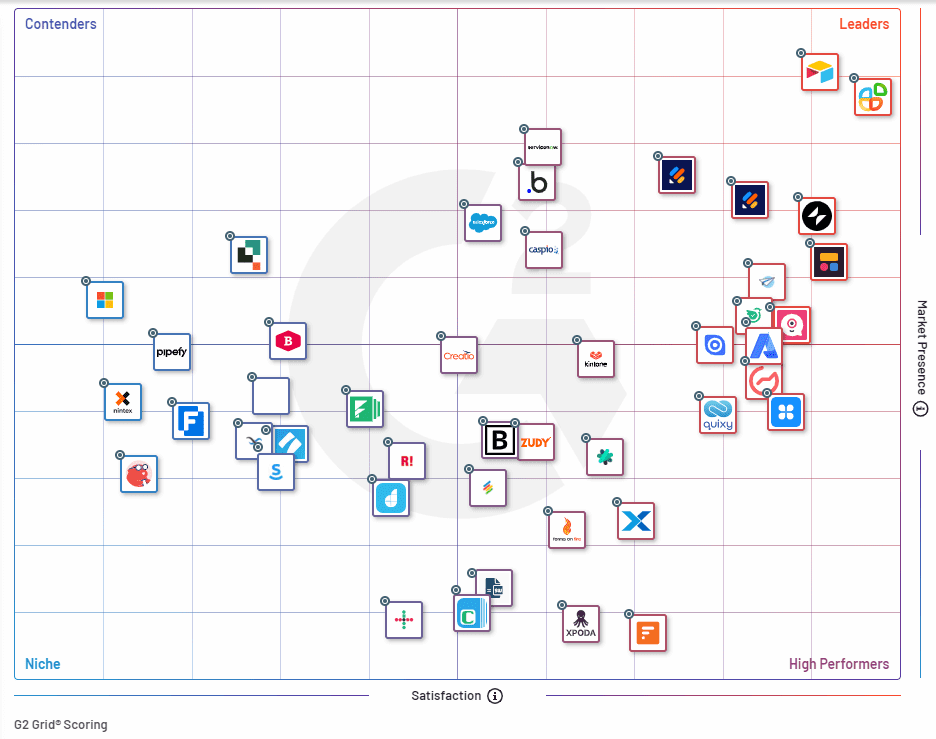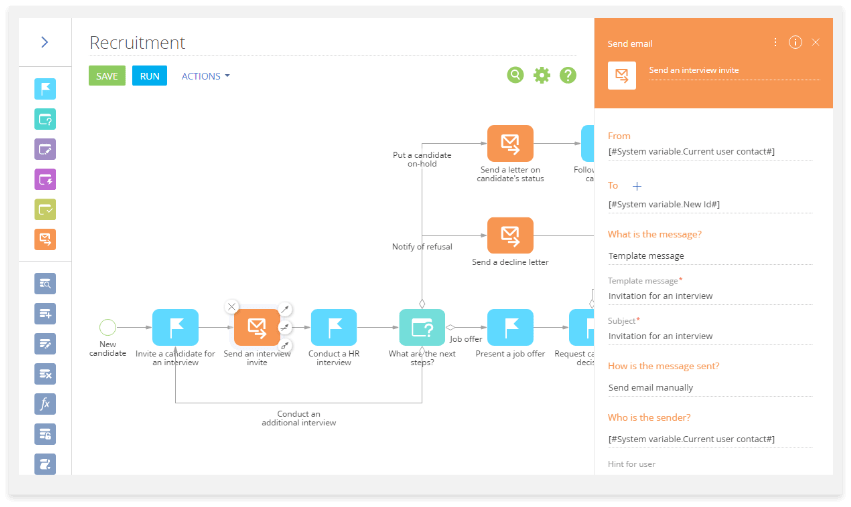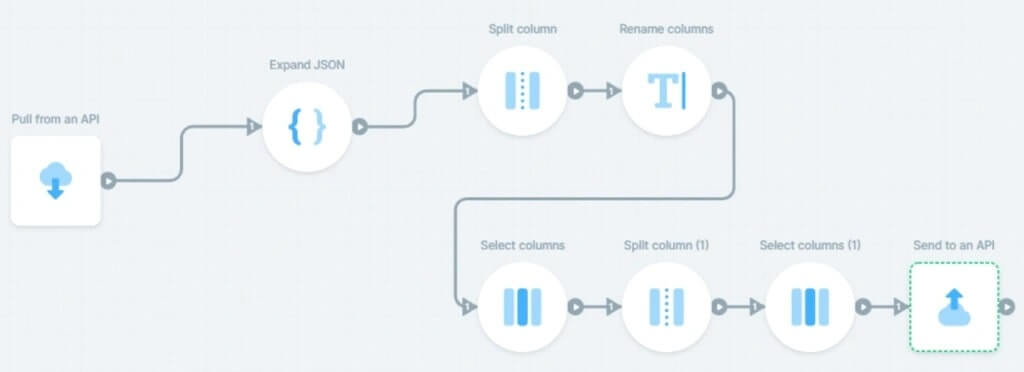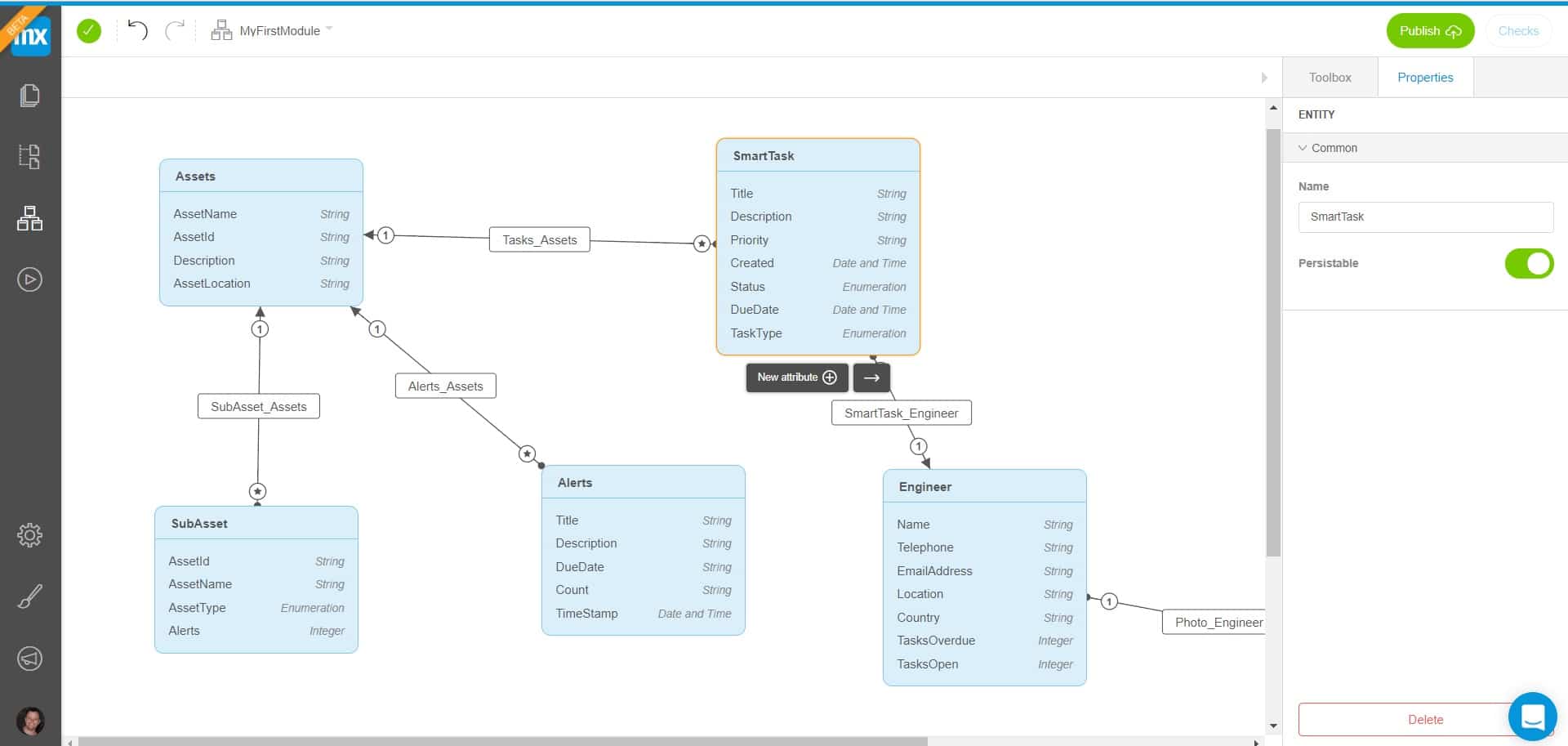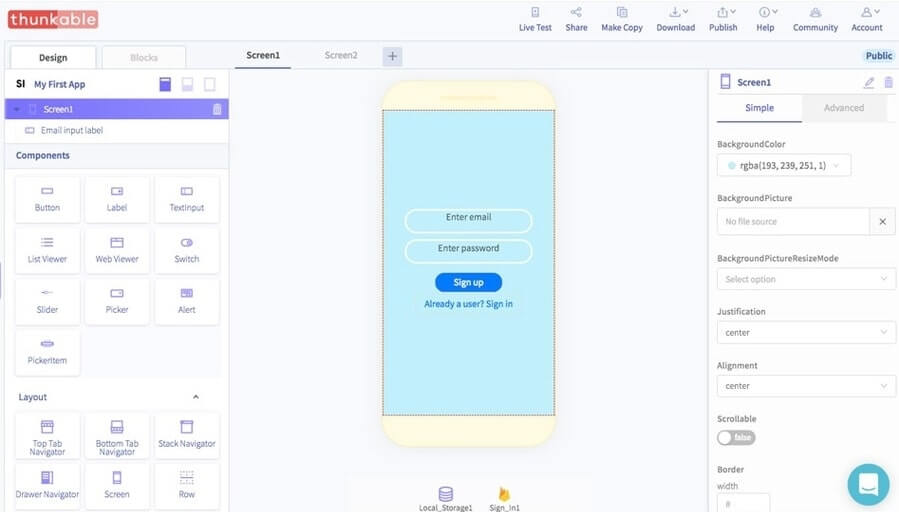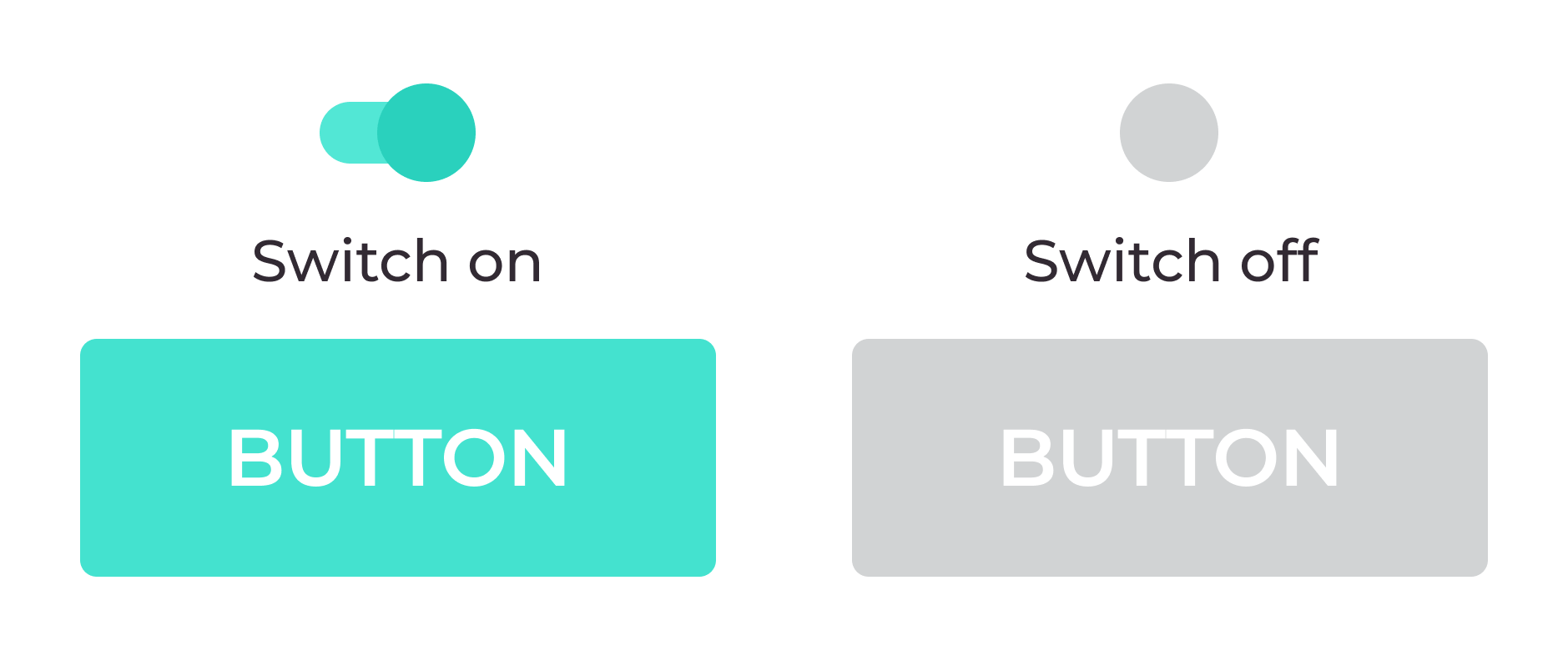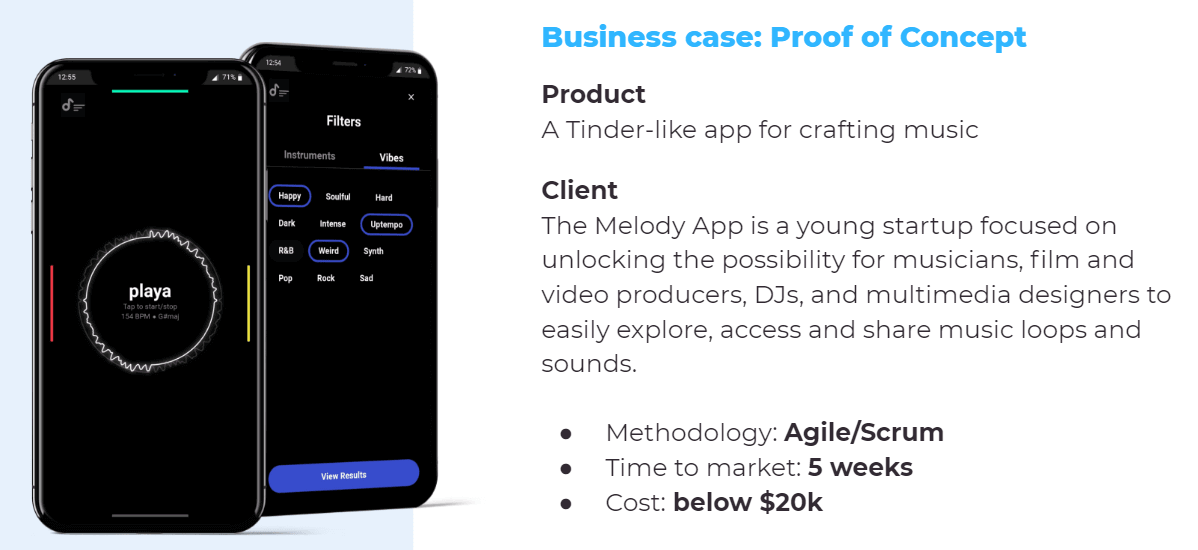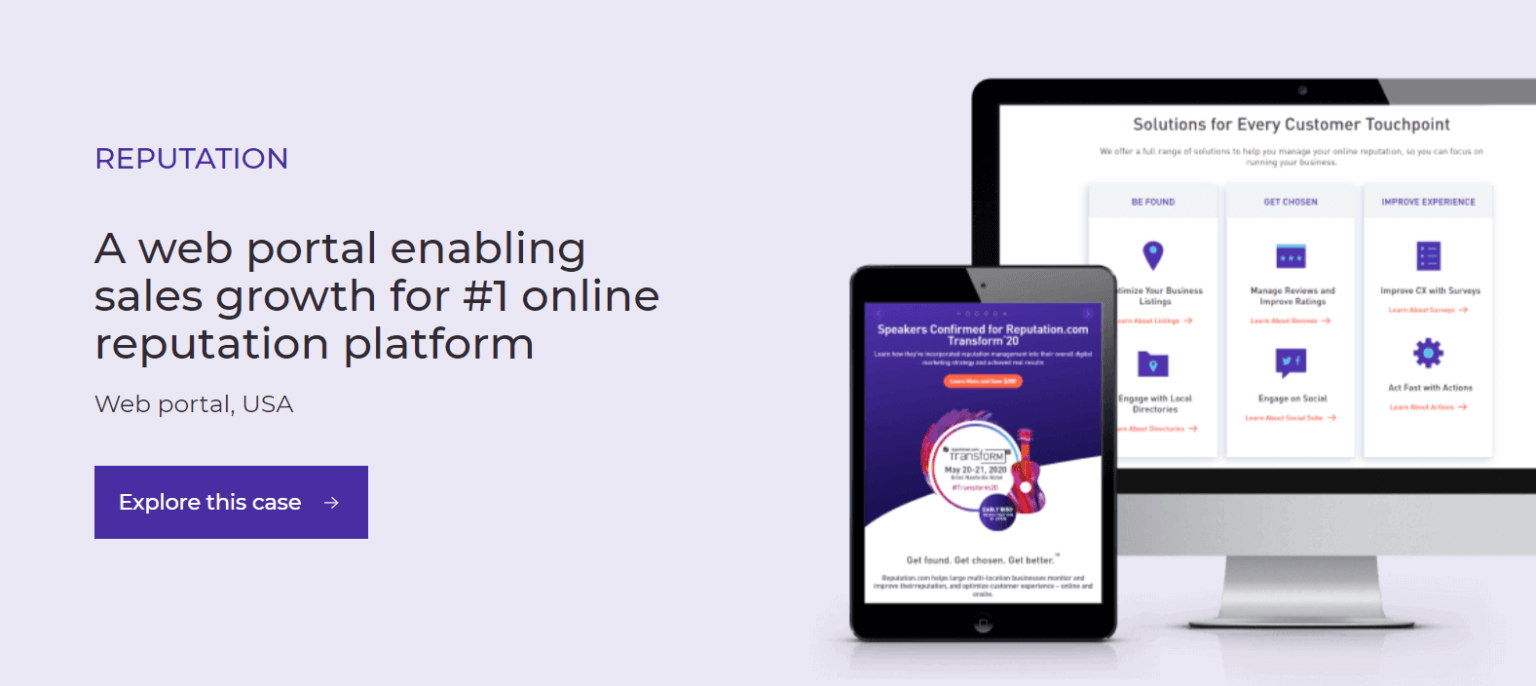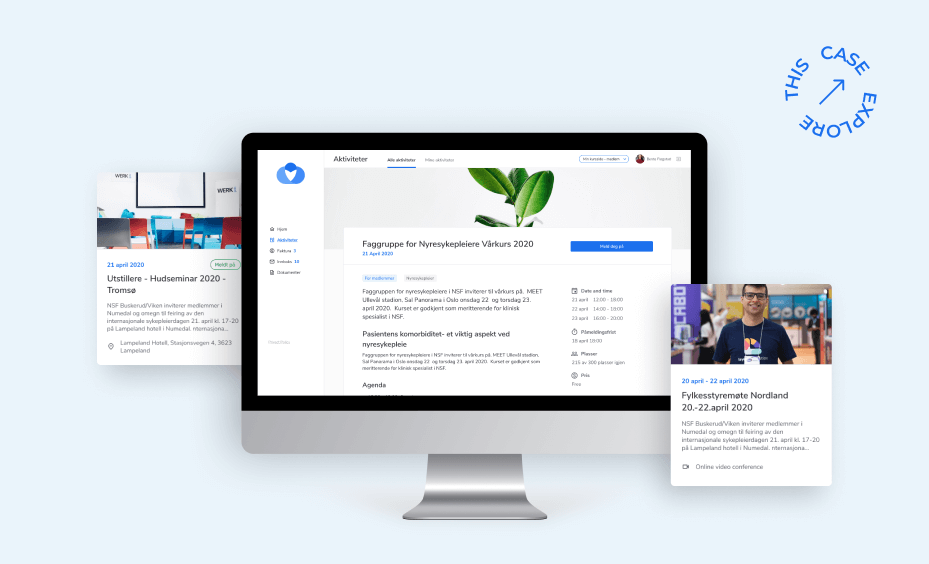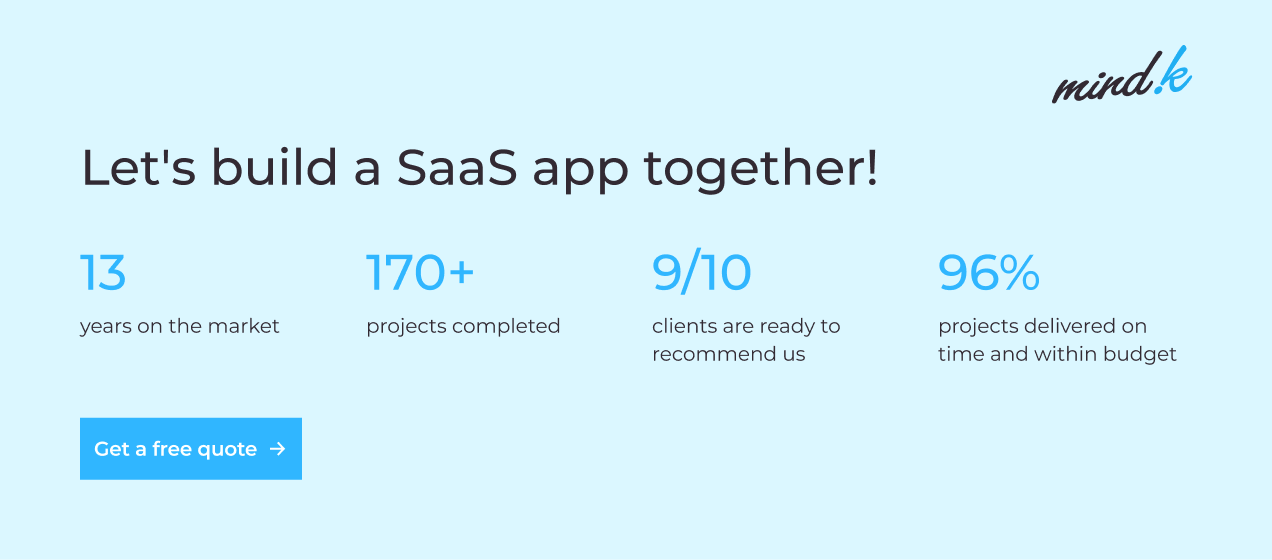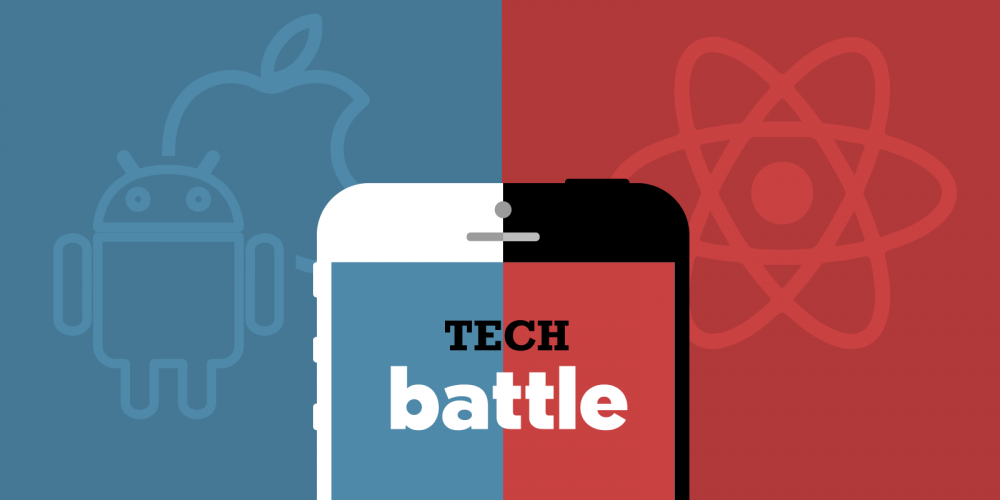Low-code development has recently exploded as one of the biggest trends in software development. It can skyrocket engineer productivity, cut time to market, and decrease project costs. Gartner predicts that by 2024, 65% of all software development will be low-code. Yet, the tech isn’t without its challenges.
As a CTO at a SaaS development company, I have to keep up with new trends in software engineering. For a long time, we’ve advised some of our clients to validate the market potential for their ideas with low-code SaaS development. But can you use it for something more than a simple Proof of Concept (PoC)? Today, you’ll understand low-code benefits, challenges, and specific use cases. So, let’s get the ball rolling.
Table of contents:
- What is low-code/no-code development?
- Benefits of low-code/no-code platforms
- Low-code market overview & sub-categories
- Is it easy to build a SaaS app using low-code/no-code platforms?
- Low-code use cases
What is low-code/no-code development?
The term ‘low-code’ first appeared in a 2014 article by Forrester. Instead of relying on traditional programming, low-code solutions use visual declarative methods. That is, they include ready-made UI components, boilerplate scripts, and tools for visual automation of workflows. They help you quickly build websites, SaaS, customer-facing, and mobile apps.
Unlike no-code tools, low-code platforms still need some programming skills to build apps. Integrations also require special knowledge.
No-code solutions allow regular people to build simple apps using drag-and-drop interfaces. To help with this task, they use various workflow templates and libraries of elements. The tool then converts business processes created in a visual editor into fixed code using a pre-programmed algorithm.
Benefits of low-code/no-code platforms
Low-code packs some impressive benefits for a relatively recent technology.
Faster time to market
According to the No-Code Census survey, this technology can boost developer productivity by 4.6X. This promises both reduced time-to-market and lower development costs for SaaS companies.
Skill gap mitigation
According to LinkedIn, software developers are the most in-demand professionals in the US. Recruiting engineers is now the biggest challenge for 61% of headhunters.
Software development is a constantly changing field. Your skills can become outdated extremely fast. Theoretically, using low-code platforms may help alleviate the skill gap by allowing regular people to develop production-ready software, but building something good with low-code requires learning a specific platform. It also often requires fundamental programming knowledge and developers aren’t always interested in learning low-code.
Cross-platform deployment
Need a SaaS application, a promotional website, and a mobile app? Many low-code tools allow deploying software on a variety of platforms in a single click. You can then make any updates just as easily across different platforms.
Low-code market overview & sub-categories
TechRepublic states that almost 60% of all applications are now developed outside IT departments. People with no tech background make a third of these apps. According to GlobeNewswire, the low code development market will grow from 20.8B in 2022 to 148.5B in 2030. This represents a CAGR of 27.8% a year.
Revenue of low-code platforms by niche (millions of USD)
| Low-code platform type | 2020 | 2021 |
Low-Code Application Platforms (LCAP) | 4,448.2 | 5,751.6 |
Intelligent Business Process Management Suites | 2,694.9 | 2,891.6 |
Multiexperience Development Platforms (MDXP) | 1,931.00 | 2,326.9 |
Robotic Process Automation (RPA) | 1,686.0 | 2,187.4 |
Citizen Automation and Development Platform (CADP) | 438.7 | 579.5 |
Other Low-Code Development (LCD) Technologies* | 73.4 | 87.3 |
Overall | 11,272.2 | 13,824.2 |
Source: Gartner
The low-code/no-code market is pretty fragmented. It has several submarkets with many tools and platforms. Most of them have less than 100K lines of code. Some low-code solutions target only large enterprises. They offer higher scalability, security, and integration capabilities. Such solutions are often too expensive and complex for small and medium-sized enterprises (SMEs).
Low-code SME solutions are equally as varied and just as unfit for enterprise-grade development. There’s little overlap between the two categories on the G2 magic quadrant for small and midsize businesses below.
Both SME and enterprise-grade markets have several clear sub-categories. Here are some examples of low-code/no-code platforms:
Business process management (BPM) low-code platforms
Examples: Appian, OutSystems, Pega.
BPM software uses model-driven development (MDD). In MDD, you first diagram how the software works, then develop it. Process-centered low code development uses a similar approach. These solutions use a drag-and-drop interface to move the shapes of processes and subprocesses. After setting them into the correct order, the tool converts them into fixed code.
Such low-code solutions make sense for large enterprises with many departments and processes. BPM tools allow you to digitize some processes and improve them. They contain process analysis features that display bottlenecks in the company’s workflows.
Such tools are mostly meant for low-code engineers. They diagram the processes, talk to stakeholders, and remove the bottlenecks. Any low-code tools have limitations, so at some point you’ll have to add custom behavior via code. For example, you might need to communicate with endpoints for a third-party integration that’s not supported by the platform or process the data before or after the request.
Creatio drag-and-drop-interface. Source: Creatio
Low-code website builders
Examples: WordPress, WebFlow, Wix.
WordPress is perhaps the most famous low-code platform out there. W3Techs shows that 43.2% of all websites in 2022 use WordPress as their main tech. TechCrunch, The New York Times, and even this blog are all built with WordPress. It’s an excellent match for information web portals, blogs, e-commerce sites (using the WooCommerce plugin), and news websites.
Automatic integration platforms
Examples: Zapier, Integromat, Parabola.
These low-code platforms allow you to connect various enterprise apps with the help of pre-built and custom integrations. Below you can see a schema that depicts a Parabola integration. It takes data from one Application Programming Interface (API), performs data transformations, and feeds the data to a second API. You can invoke this automated workflow using a webhook, schedule it for a certain time, or to run on-demand.
Parabola integration workflow
Database management platforms
Examples: Airtable, Mendix, KgBase.
Examples of such highly specialized solutions include relatively cheap SME tools (Airtable) and more expensive enterprise-level platforms (Mendix). In addition to relational database tools, you can find some NoSQL and graph database solutions.
Mendix low-code platform. Source: G2
Mobile app development platforms
Examples: Zoho Creator, Microsoft PowerApps, Thunkable
The majority of low-code solutions offer responsive design options for a good mobile experience. Platforms like Thunkable specificalize in mobile development on Android and iOS.
Thunkable app creator. Source: MIT News
Is it easy to build a SaaS app using low-code/no-code platforms?
Despite all the benefits mentioned earlier, SaaS low-code development involves several challenges. It’s young technology – rough around the edges and far from mature. In many cases, there are no best practices, large communities, and vast bodies of knowledge.
Challenge #1: Limited customization
When using a true programming language, the sky’s the limit. That is, you’re only limited by the language and hardware capabilities. With low-code tools, you can quickly build simple apps. But if you want to do something more advanced, there will be inevitable limitations. So you’ll always have to look for workarounds or deal with problems you can’t solve perfectly.
Low-code lacks one crucial element of true programming languages called expressiveness. This is the ability to write code that can be easily understood both by compilers and programmers. It requires the lack of boilerplate and the availability of intuitively understandable components.
Here’s a simplified example. Imagine an app with 2 elements – a button connected to a switch. When the switch is off, the button is grayed out. When you turn on the switch, the button becomes blue and interactable.
Creating such an app requires setting a Boolean value in your code. Toggling the switch changes the value. When the value=false, the button is gray and useless. When the value=true, the button is clickable.
It’s very hard to set up such a relation with a drag-and-drop interface. It’s easy to drag the buttons but almost impossible to connect the button to the switch. A low-code tool conceals the inputs they don’t want you to make. Programming minutiae aren’t missing, they’re altered automatically. This makes low-code platforms inherently inflexible. You often can’t solve the challenge that wasn’t intended by its creators.
Challenge #2: Vendor lock-in
Need to quickly build an inexpensive website? You might decide to use Wix or WebFlow for this task. But now you’re completely dependent on the Wix ecosystem for support and development of new features. Most low-code platforms produce convoluted code, which complicates maintenance and future changes.
Challenge# 3: No insight into the inner workings of a platform
A low-code platform is like a black box. That is, you can’t see what’s inside or influence its inner quality. When using a code conversion feature of some visual low-code tool, programmers might be surprised they can’t easily integrate the generated snippet into their project. The code is converted directly from the diagram and won’t necessarily follow the company’s best practices. This could potentially violate company compliance efforts.
Challenge #4: You still have to learn no-code
Low-code/no-code development is by no means easy. You need to understand the platform pretty well to make something other than a simple form-based app. Using advanced programming concepts like nested loops is hard with any tool.
Running into limitations will force you to write custom code or find other workarounds. This is a major task even for people with a tech background. Sometimes, you’ll have to use several low-code tools to solve a problem.
For instance, Unqork and Bubble offer a variety of alternatives for integration with business systems because they support a wide variety of use cases. However, they may benefit from other, more specialized platforms. Automatic integration tools like Parabola have much more advanced data connectivity and manipulation tools. This requires learning more than one tool. Engineers, however, seldom like to learn low-code as they appreciate the flexibility of true programming languages.
Challenge #5: Lack of community and support resources
Regular programmers have the luxury of huge communities, diverse learning resources, and well-documented best practices. They can use hundreds of well-tested and secure libraries that solve common problems in application development.
Most low-code platforms are still in their infancy. There are no documented best practices and communities to help you solve a tricky problem. In many cases, every low-code developer is on their own.
Challenge #6: Satisfying long-tail customers
Low-code platforms are great for building form-based software using industry templates. Things like e-commerce sites and inventory management tools. But making a complex product like EMR/EHR software is a whole other business. The truth is that low-code can only satisfy the surface-level wants of long-tail customers.
To satisfy deeper requirements, you’ll need lots of customization and customer participation. We know that low-code customization isn’t anything special. So you have to rely on customer involvement. Instead of creating a standardized product, you’ll have many customized projects for specific customers. Instead of building a SaaS business, you risk turning into a regular software development company.
Top 3 low-code use cases
So with all of these challenges in mind, what are the proven use cases for low-code SaaS development?
#1 Proof of Сoncept (PoC) SaaS to test its market viability
Low-code tools like Bubble.io allow you to quickly build a PoC app on a shoestring budget. This is a great option if you’re unsure whether your app has a market potential.
If you’re confident in your idea or have strong performance requirements, it’s better to go for custom development right away. We once met with Grammy Award-winning producers who wanted to develop a Tinder-like app, but for buying musical beats. We were so impressed by their idea that we developed a Proof of Concept progressive web app free of charge. With the working product in hand, our clients managed to attract funds from several Angels to later develop a fully-featured app using React Native.
#2 Integrated solutions
This use case applies mainly to large organizations that have multiple departments with numerous processes and applications. They might use a third-party recruitment solution, a custom LMS, a low-code BPM system, Salesforce CRM, and a custom ERP.
The company needs to make all of these disparate applications and processes communicate with each other and exchange data. It’s possible to use low-code tools to create some components in such integrated solutions and make them talk to each other.
Creating these integrated solutions is one of the core services here at MindK. One of our clients is a leading construction firm in the Nordics region. Each year, it builds over 3K homes. This company had over a dozen internal and customer-facing systems. They included an online interior selector, a website for renting cabins in the woods, as well as CRM, ERP, and other types of software. All these applications used different technologies and data formats, which complicated integrations. To solve this issue, we developed an event-driven data warehousing solution. Among other things, it decreased the cost of integrating any future components by a whopping 90%.
#3 E-commerce and promotional websites
Low-code tools like WordPress and WebFlow allow you to create customer-facing websites and e-commerce apps. In fact, launching promo web portals like Reputation.com is one of the most common requests for WordPress developers at MindK. All in all, WordPress is a great option for startups on a tight budget with few customization needs. You can learn more about custom WordPress development in our in-depth article.
A custom WordPress portal for the #1 online reputation platform [explore the case study]
Like many other low-code platforms, WordPress features thousands of plugins and templates. Both ready-made and custom, they expand the functionality of low-code software.
WebFlow is another website builder we like at MindK. It allows our designers to quickly make a visual blueprint and turn it into a functioning website without writing any code. A common use case is when our development team creates a complex SaaS solution like Choo. It’s a custom CRM and eLearning app for Norwegian associations that moved to the SaaS model. In addition to the main product, our clients needed a small promo website. This is the ideal use case for WebFlow. Our designers were able to launch such a website without bothering the SaaS development team.
How our team created a custom SaaS app that enables 10K+ annual course enrollments in Norway [read the case study]
Conclusion
All in all, low-code SaaS development can greatly boost developer productivity, decrease the time-to-market and reduce project costs. It also lowers the barrier to entry, which allows more people to develop internal and customer-facing applications.
Low-code is no silver bullet. It has severe limitations in customization that make it hard to compete against fully-fledged SaaS products. That’s why MindK advises our clients to use low-code mainly to create a quick Proof of Concept to test your ideas in the market and attract funding. Later on, the value of low-code goes down and you’re better off with custom development.
MindK specializes in custom SaaS development and integrated solutions that use low-code components. So if you need help with your project, just drop us a line.


